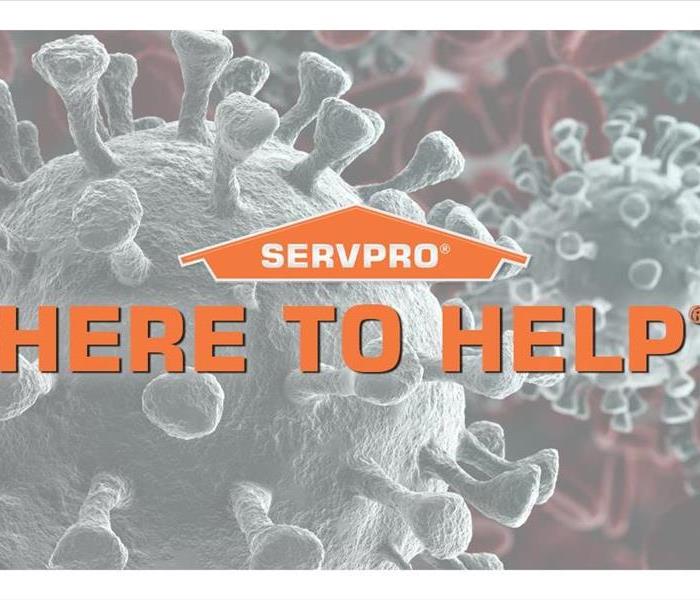Routine environmental cleaning
3/13/2020 (Permalink)
We now have two new Procleaning services to offer residential and business properties.
Package 1 Minimize the transmission of emerging viral pathogens General surface cleaning – physically removes visible dirt, organic matter, viruses, fungi, and bacteria. General surface cleaning is accomplished with water, detergent, and physical scrubbing of the surface. The guiding principal is to remove microbes if possible, rather than kill them (with a sanitizer or disinfectant). In addition, thoroughly cleaning a surface can reduce the need to disinfect because without the nutrients and moisture needed to survive and multiply, most microbes cannot live on a clean and dry surface for very long. Package 2 Limit the survival of emerging viral pathogens - Sanitizing – reduces but does not necessarily eliminate all the bacteria on a treated surface. Sanitizers do not have claims for viruses or fungi. To be a registered sanitizer, the test results for a product must show a reduction of at least a. 99.9% in the number of each type of bacteria tested on non-food-contact surfaces. Examples of non-food-contact sanitizers include carpet sanitizers, air sanitizers, laundry additives, and in-tank toilet bowl sanitizers. - Disinfecting – works by using chemicals to kill germs on surfaces. This process does not necessarily clean dirty surfaces or remove germs. Disinfecting destroys or irreversibly inactivates infectious or other undesirable microbes, but not necessarily the spores of bacteria and fungi. The number of microbes killed during a disinfecting process will vary, depending on the specific chemical and how it is used.





 24/7 Emergency Service
24/7 Emergency Service
